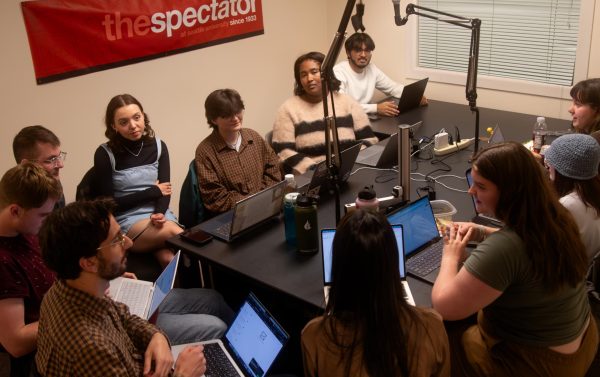Women Navigate Employment Post Quarantine
Professor Meenakshi Rishi, PhD, Macroeconomics
Over four million women left the labor force to take care of their families and keep their loved ones safe throughout the pandemic. Now that COVID-19 vaccines are readily available, schools are shifting back to in-person instruction and many companies are phasing out their remote operations. Are all those women returning to work?
A report from the The American Association of Retired Persons (AARP) found that 41% of female workers experienced job disruptions during the pandemic. This is why many economists have started referring to this recession as a “shecession,” as more women than men have been affected. According to The New York Times, women accounted for more than 55% of the 20.5 million jobs lost in April 2020. The unemployment rate for adult women was 15% compared to 13% for adult men.
Meenakshi Rishi, a professor of economics at Seattle University, commented on the unequal unemployment rate.
“The takeaway from this employment crisis is that it remains a worse situation for women in comparison to men, as it always is,” Rishi said.
Much of this disproportionate economic impact is due to the pandemic economy. In 2020, women-dominated jobs faced the largest unemployment numbers in restaurants, retail businesses, health care and government jobs. The closing of child care centers and the shift to remote education added to the strain of the pandemic. For many women, no child care meant disrupting or completely relinquishing their own work schedule.
Rishi explained that the responsibilities women take on in child care can be traced back to the gender pay gap.
“When faced with the ultimatum of providing child care, the lower-income earners in the family will quit their job first, which has historically been women. The gender pay gap that we have in our economy means that women will continue to shoulder the majority of all family caregiving responsibilities, as they have historically and will continue to do in the future,” Rishi said.
Mary Lou Moffat, the director of the Albers Placement Center, outlined the role men can take while women take a step back from employment to take care of their families during the pandemic.
“Our male counterparts [can acknowledge] that they can do that too, that males can stay at home and carry some of that burden as well,” Moffat said.
Women-dominated jobs such as hospitality, health and child care were increasing pre-pandemic. Positions in these jobs are underpaid, so women who became unemployed had less savings to depend on.
Stacey Jones, a senior lecturer in the Economics Department at Seattle U, spoke on the difficulty for women to juggle work and home life amid the pandemic.
“For many women in the U.S., balancing work, family and personal life is an ongoing game of Jenga—the pandemic pulled out many of the blocks in this fragile balance,” Jones said.
In western countries, many nations start providing public education at age three or four, not at age five or six like the U.S. Data from The Organization for Economic Co-operation and Development (OECD) shows that other countries spend an average of $14,000 per year caring for one toddler, whereas the U.S. spends only $500. The lack of support for paid child care from the government decreases the opportunities that women have to participate in the labor force.
Thus, the gender pay gap, lack of affordable child care and the pandemic are some of the macroeconomic trends that hinder women from remaining in or rejoining the labor force.
Rishi commented on some of the long-term consequences the U.S. will feel if women continue to leave the labor force.
“The biggest impact is that once women leave the labor force, their current earnings affect future earnings and future earnings affect retirement security, so women will be relying on their partner to provide them with financial security,” Rishi said. “With no savings or benefits in pocket, women will struggle to find their financial independence.”
This idea of financial independence plays into an economic principle called bargaining power: which allows one person to exert influence over another to gain equal footing.
“For a woman, her bargaining position is determined in the house, and if they do not have an income, they no longer have that power in the household to make decisions,” Rishi said.
Job loss takes away a source of income, removing independence women would otherwise have. Overarching intervention is necessary to prevent these negative economic trends from cascading even further.











